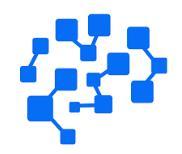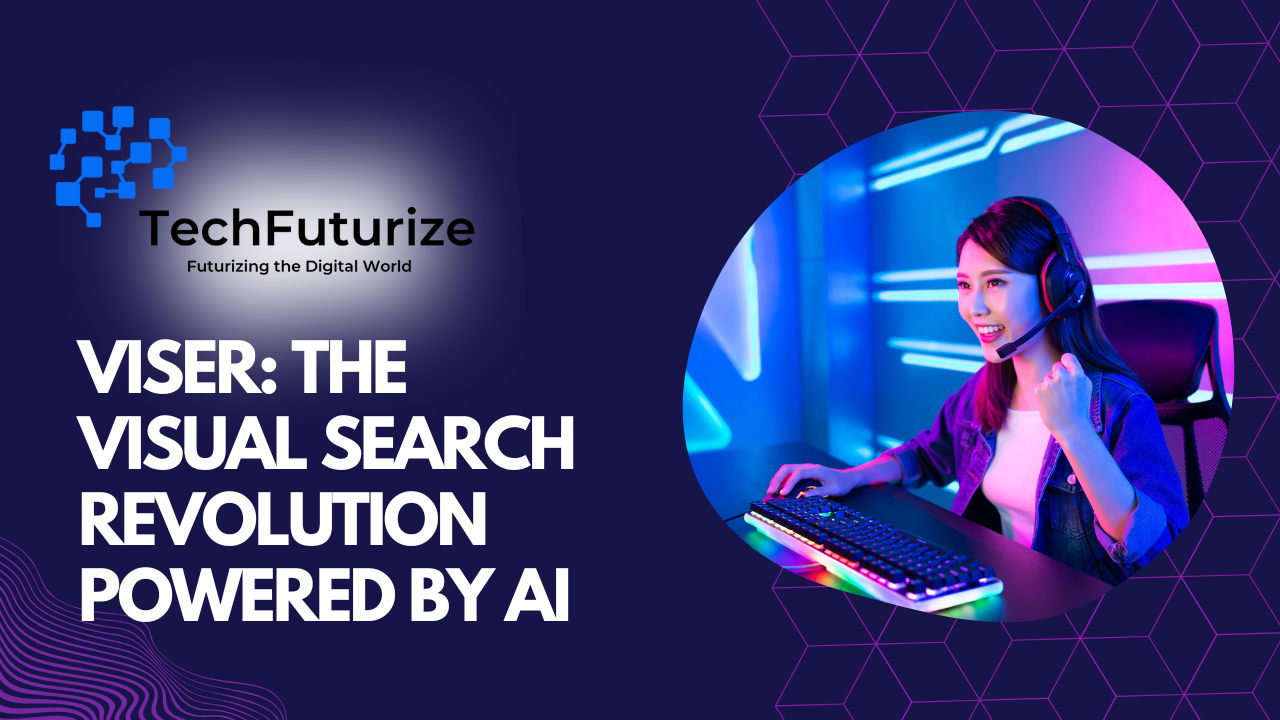Table of Contents
Welcome
In a world where images and videos are becoming more and more important in our digital lives a groundbreaking technology, is quietly changing the way we engage with visual content. Viser is the next step in the advancement of visual search technology. It goes beyond only recognizing images to really understanding them and analyzing them in context.Traditional search engines have always used text based queries but Viser technology lets users search with images as their query.This opens up completely new ways to find identify and comprehend things. Viser is making it easier to move between the real world and the digital world. For example it can help you figure out what strange plants are during a nature walk or find furniture that looks like it does in a magazine.This technology isn’t just a small step forward; it’s transforming the way we get information and engage with our surroundings in a big way.It makes it easier to connect what we see with what we want to know.
What is Viser?
Viser, which stands for Visual Search and Recognition is a cutting-edge AI system that uses computer vision machine learning and contextual understanding to look at and understand visual information. Basic reverse image search just looks for images that are the same or very similar. Viser technology on the other hand can grasp the content of images and find objects sceneries language and even abstract ideas. The technology works by turning photos into mathematical representations called “feature vectors” which show the most important parts of the visual material. Then these vectors let the algorithm detect photos that are similar in concept recognize things and give pertinent information just based on visual analysis.
The technology, has a number of advanced features that make it different from earlier visual search attempts. It can accurately detect thousands, of distinct items in a single image because to its advanced object recognition. Contextual awareness lets the system figure out what scenes and interactions between items mean. For example it can tell that individuals in beachwear on a sandy beachfront with the ocean in the background make up a “beach scene.”Multi-modal integration improves search accuracy by combining visual analysis, with additional data sources such as text location data and patterns of user behavior. Users can get instant results with their smartphone cameras thanks to real-time processing. This makes the technology useful for regular use.
Why Viser Technology is Important Right Now
Several technological and social elements, are coming together to make the timing for Viser’s rise and broad use right. The huge amount of visual content on social media e-commerce sites and digital archives has made advanced visual search required and provided the training data needed for it. Users now make billions of photographs every day which makes the ecosystem rich and makes visual search more important and useful.
Computers can already match or even beat humans at some image identification tests because to advances in artificial intelligence especially in deep learning and neural networks. In the meantime the rise of high-quality smartphone cameras has put strong visual capture equipment in almost everyone’s pocket making visual search available to everyone. Users’ expectations have also changed. They now demand interfaces to be seamless and easy to use with features that replicate how humans comprehend things instead of making them convert visual queries into text.
The commercial uses in many fields provide businesses a strong reason to create and use them. Retailers can make it more easier for customers to find what they’re looking for teachers can make learning more fun healthcare professionals can increase their ability to diagnose patients and content creators can better organize and make money from their visual assets. Viser technology can thrive in this optimal environment when technological capacity user readiness and commercial potential all come together.
How Viser Technology Works
Viser technology works its magic by turning raw visual data into useful information and actionable insights through a complex multi-step process. The first step is to take pictures. Users may either upload pictures they already have or utilize the camera on their device to take new ones. After that the system does some initial processing to make the input more uniform by taking into account lighting orientation and quality issues.
The next step is the very important feature extraction phase in which convolutional neural networks look at the image to find important elements at different levels from simple edges and colors to more complicated shapes and textures. These qualities are turned into mathematical forms that keep the visual essence of the information while being small enough to make searches easy. Then the algorithm uses natural language processing and knowledge graphs to figure out what the visual features mean in the real world.
During the search and matching phase these mathematical representations are compared to huge databases of indexed photos and other information. Advanced algorithms sort results based on a number of things such as how similar they are visually how relevant they are to the context and what the user likes. Finally the system gives you a full set of results that may include detected objects similar photographs related products useful information and suggested actions—all in a matter of seconds after the first image is taken.
The Benefits of Viser Technology
Viser technology has many benefits that can change the way people and businesses work. For consumers the technology makes it easier than ever to find things learn about them and buy them. Someone can take a picture of an intriguing plant while hiking and find out right away what kind of plant it is how to care for it and what it means in the culture. People can find things they’ve seen in person without having to write down what they want.
Accessibility is another big plus since Viser technology can help those who are blind or have low vision by describing sceneries identifying items and reading text aloud from pictures. In school students can use their cameras to look at historical sites and get a lot of multimedia information or at scientific specimens and get extensive explanations.
The commercial uses are just as interesting for businesses. E-commerce platforms may make it more easier for people to find products which can lead to more sales and happier customers. Content management systems can automatically classify and sort visual materials which saves a lot of time that would have been spent doing it by hand. By looking for logos and products in user-generated content marketing teams can see how well their brand is doing on social media.
The Problems and Drawbacks
Viser technology has a lot of great features but it also has some big problems that need to be fixed before it can be widely used. Privacy, issues are quite important since continuous visual scanning could collect sensitive information about people and private locations without their permission. Some apps need cameras that are always on which makes, people wonder about monitoring and data collecting tactics.
There are still technical problems especially with complicated visual inquiries abstract ideas and little differences between items that are comparable. Images with bad lighting strange angles or several subjects that are too close together may be hard for the technology, to handle. Understanding culture and context is still hard because the same visual material might mean various, things in different cultures or situations.
Infrastructure requirements are another problem. Real-time visual processing needs a lot of computing power and bandwidth which could make it hard to use in places with bad internet connections. It also costs a lot to create and keep accurate visual recognition systems which could make it hard for smaller businesses and groups to get to them.
The most important problem is probably accuracy and bias since visual recognition algorithms may keep going and possibly make existing societal biases worse. If the training data isn’t diverse the systems might not work well for some groups of people or in some cultural settings. False positives and wrong identifications could have major effects in important fields like security or healthcare.
Important Things to Make Implementation Work
To successfully use Viser technology you need to pay close attention to a few key things. An effective system is built on data quality and variety which means that training datasets must include a wide range of points of view cultures and use cases. To keep models up to date with fresh data and fix mistakes based on user feedback there must be systems in place for continuous learning.
User experience design should focus on making visual search feel natural and easy by using clear feedback to show what the system is doing and how the data will be used. To preserve users’ privacy the basic architecture must include things like on device processing data anonymization and clear privacy, settings that let users choose how their visual data is utilized.
For practical use performance optimization is quite important. This means, that algorithms need to be efficient so that they can give quick accurate results without using too much battery or data. Viser technology can improve existing applications and workflows because to its integration capabilities so it doesn’t need to build new platforms from scratch.
Ethical rules and oversight are perhaps the most critical things that keep technology from being used in harmful ways and that respect human dignity and promote fairness. Responsible development includes regular bias checks detailed records of constraints and quick ways to deal with problems.
Conclusion
Viser technology is a big change in how people use digital systems. It brings us closer to natural intuitive interfaces that can grasp how we see the world. Even while the technology is still changing it’s clear that it might change sectors make things easier to get to and make everyday chores easier. The shift from text-based questions to visual understanding is a big step forward in making technology more user-friendly.
The future effects of Viser will rely a lot on how we choose to develop and use it just like with any other strong technology. We can get the advantages and lower the risks by dealing with the problems of privacy accuracy and prejudice before they happen. To successfully add Viser technology to our digital environment technologists policymakers ethicists and users will need to work together to set rules and practices that are good for people.
The visual search revolution is just getting started and Viser technology is at the vanguard of it. It promises a future where the line between looking and knowing becomes less and less clear. As the technology gets better it could revolutionize the way we study shop work and engage with the world around us in big ways. It could move us closer to a world where knowledge is as easy to get as pointing and looking.

